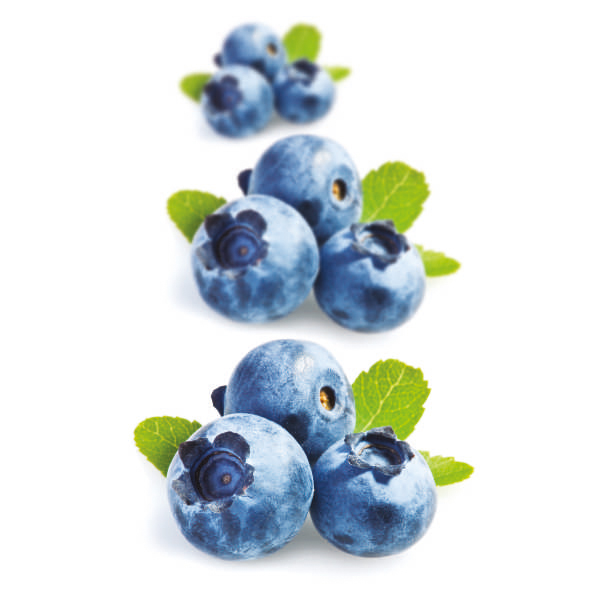DESCRIPTION
Bluecrop- this is the most popular variety in the world, and at the same time is considered the most valuable. It works well as a cultivated commercial plant, as well as for amateur gardeners. The plant grows up to 2 m in height. It is very fertile - from one bush it is possible to collect from 4 to 9 kg of fruit. The fruits are large, slightly flattened, and light blue, with an intense waxy bloom. The delicious flesh could be described as aromatic and wine-sweet. Suitable for direct consumption and for preserves.
ADVICES
The shrub is best planted in a sunny position. The blueberry can be grown in peat, moderately fertile soil, and even poorer quality soil, that should be kept moist and airy at all times. The optimum pH should be in the range of 3,5-4,8.In order to maintain a healthy plant, from the moment of planting the shrub, up to 4 years, it is recommended to perform sanitation pruning by cutting back or removing shoots that are unhealthy, weak, mechanically damaged, or frostbitten. Thinning to open up light channels and revitalise the plant should begin from the fifth year. It is recommended to cut back and remove the oldest stems or overcrowded shoots. The most suitable period for pruning is at the end of winter and the beginning of spring, when there are no severe frosts. You can then recognize frostbitten-shoots and visible flower buds which makes it easier to decide how much to prune. Use nitrogen fertilizer in three doses - from early May to mid-June. First apply directly after the shrub flowers, and then at the end of the fruiting period. Potassium fertilizers, phosphorus, and magnesium should be used in the autumn. Blueberries require constant irrigation. The plant is resistant to frost, but in the first year new seedlings should be protected, covering with a layer of mulch for winter. This variety requires a pollinator.

 GB
GB  PL
PL  DE
DE  CZ
CZ  LT
LT  LV
LV  SK
SK  DK
DK  EE
EE  FR
FR 








